Home>Furniture & Design>Interior Design Trends>What To Do With Broken Glass
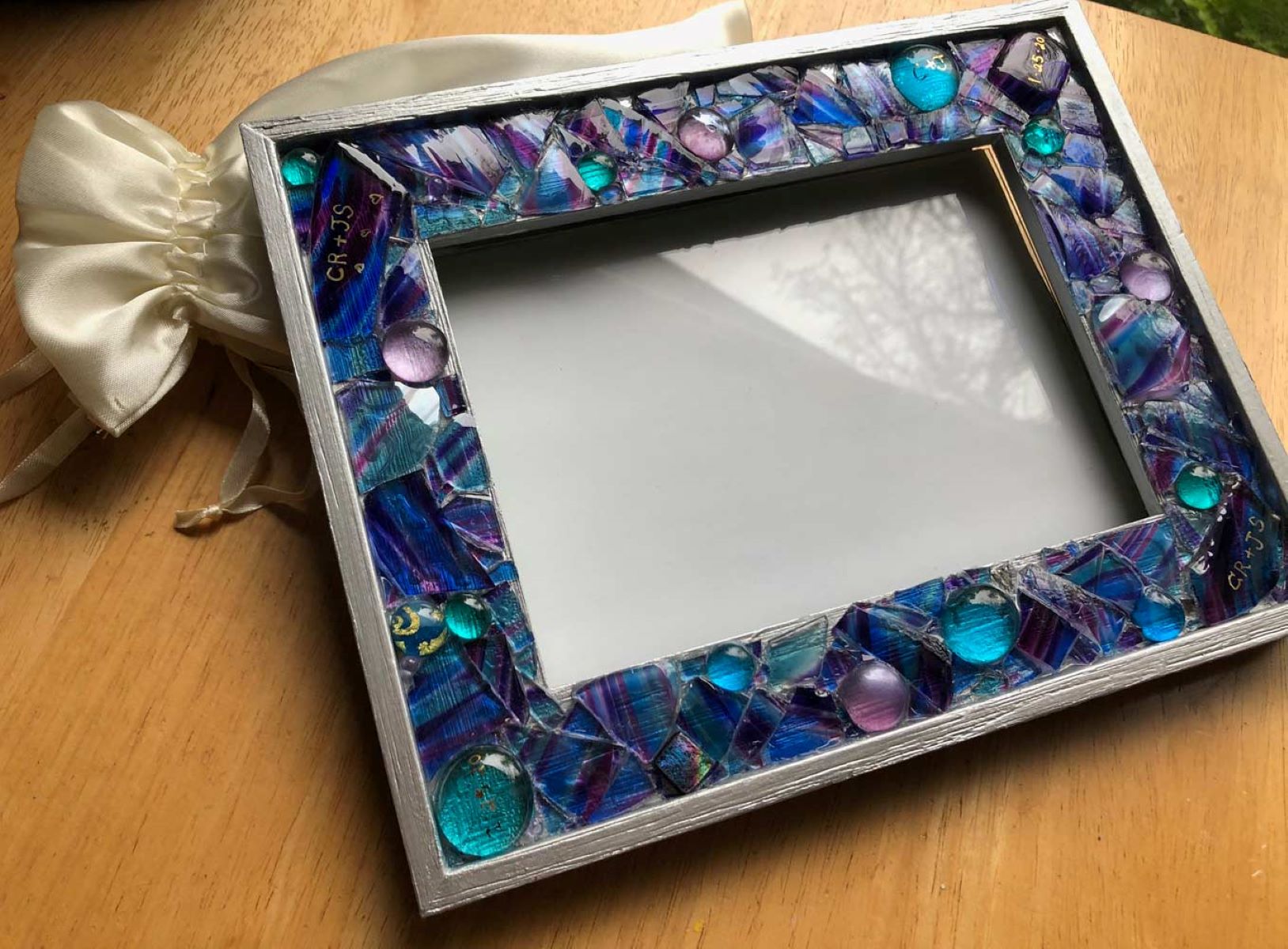

Interior Design Trends
What To Do With Broken Glass
Modified: April 21, 2024
Discover the latest interior design trends for dealing with broken glass. Find creative and practical solutions to enhance your space. Explore innovative ideas now!
(Many of the links in this article redirect to a specific reviewed product. Your purchase of these products through affiliate links helps to generate commission for Storables.com, at no extra cost. Learn more)
Introduction
Broken glass is a common household hazard that can result from accidents, mishandling, or wear and tear. Dealing with broken glass requires careful consideration to ensure the safety of everyone in the vicinity. Whether it's a shattered vase, a cracked mirror, or a broken window pane, the presence of broken glass demands immediate attention and proper handling.
When confronted with broken glass, it's crucial to prioritize safety and take proactive measures to prevent injuries and accidents. This includes wearing protective gloves and footwear, as well as using tools such as brooms, dustpans, and vacuum cleaners with appropriate attachments to carefully collect and dispose of the glass shards. Additionally, it's important to be mindful of the potential for small, nearly invisible glass fragments that may pose a risk if left unattended.
Once the immediate safety concerns have been addressed, the question of what to do with the broken glass arises. While the instinctive response may be to simply discard it in the trash, there are alternative options that not only minimize environmental impact but also offer creative and sustainable solutions for repurposing or recycling the broken glass.
In this article, we will explore the safety precautions to take when dealing with broken glass, as well as the various disposal, recycling, and repurposing options available. By understanding the best practices for handling broken glass and the potential for giving it a new purpose, we can contribute to a safer and more environmentally conscious approach to managing this common household challenge.
Key Takeaways:
- Handle broken glass with care, wear gloves and use tools for cleanup. Dispose responsibly to protect sanitation workers and the environment. Consider repurposing or recycling for a sustainable approach.
- Broken glass can be recycled indefinitely, reducing waste and conserving resources. Get creative with repurposing broken glass for art, decor, and landscaping projects.
Read more: What Does Broken Glass Mean
Safety Precautions
When dealing with broken glass, prioritizing safety is paramount. The sharp edges and unpredictable nature of glass shards make it essential to approach the situation with caution. Here are some crucial safety precautions to consider:
-
Protective Gear: Before attempting to clean up broken glass, it's imperative to equip yourself with the appropriate protective gear. This includes wearing sturdy gloves to shield your hands from potential cuts and abrasions. Additionally, closed-toe shoes can provide an extra layer of protection against accidental contact with glass fragments.
-
Clear the Area: Begin by ensuring that the immediate area surrounding the broken glass is clear of any bystanders, especially children and pets. Restrict access to the area to prevent accidental injuries.
-
Assess the Damage: Take a moment to assess the extent of the glass breakage. Identify if the glass shards are large or small, and whether they are concentrated in a specific area or scattered across a wider space. This assessment will help determine the most effective approach for cleanup.
-
Use Appropriate Tools: When collecting broken glass, opt for tools that minimize direct contact with the shards. A broom and dustpan are effective for sweeping up larger pieces, while a vacuum cleaner with a hose attachment can be used to capture smaller, hard-to-see fragments.
-
Careful Handling: Exercise caution when handling glass shards to avoid accidental cuts. Lift and carry broken glass using secure and stable containers, ensuring that the shards are fully contained to prevent spillage.
-
Thorough Cleanup: After collecting the visible glass fragments, carefully inspect the surrounding area for any overlooked shards. Pay close attention to nearby surfaces, such as countertops, floors, and furniture, where tiny glass particles may have settled.
-
Proper Disposal: Once the broken glass has been safely collected and contained, it's essential to dispose of it responsibly. Avoid placing loose glass shards directly in the trash, as this can pose a risk to sanitation workers and contribute to environmental hazards.
By adhering to these safety precautions, individuals can effectively manage the aftermath of broken glass while minimizing the potential for injuries and ensuring a safe environment for all.
Disposal Options
When it comes to disposing of broken glass, it's essential to consider safe and responsible methods that minimize the risk of injuries and environmental harm. While the instinctive reaction may be to simply toss the broken glass into the trash, this approach can pose hazards to sanitation workers and contribute to the improper management of glass waste. Therefore, exploring alternative disposal options is crucial for ensuring the proper handling of broken glass.
One of the primary disposal options for broken glass is to utilize designated glass disposal facilities or services. Many communities offer specialized glass recycling centers or drop-off locations where individuals can safely deposit broken glass items. These facilities are equipped to handle glass waste effectively, ensuring that it is recycled or disposed of in a manner that minimizes environmental impact.
Another viable disposal option is to contact local waste management authorities to inquire about specific guidelines for disposing of broken glass. Some municipalities provide instructions for packaging and labeling glass waste to facilitate its safe collection and disposal. By adhering to these guidelines, individuals can contribute to the proper management of broken glass within their community.
For those residing in areas with limited glass disposal resources, seeking guidance from waste management professionals or environmental agencies can provide valuable insights into the best practices for disposing of broken glass. These experts can offer recommendations on safe containment and transportation of glass waste to designated disposal sites, ensuring that it is handled in accordance with environmental regulations.
In situations where the broken glass is a result of household items such as glassware, dishes, or decorative pieces, it's important to consider the potential for reuse or repurposing. If the broken items hold sentimental value or can be creatively transformed into new decorative or functional pieces, exploring repurposing options can be a sustainable alternative to traditional disposal methods.
Ultimately, the goal of exploring disposal options for broken glass is to prioritize safety, environmental responsibility, and community well-being. By proactively seeking out appropriate disposal channels and adhering to established guidelines, individuals can contribute to a safer and more sustainable approach to managing broken glass waste.
In summary, the proper disposal of broken glass involves proactive research, adherence to local regulations, and consideration of recycling or repurposing opportunities. By embracing responsible disposal practices, individuals can play a significant role in promoting a cleaner and safer environment for present and future generations.
Always handle broken glass with care to avoid injury. Use gloves and a broom to carefully sweep up the pieces, then dispose of them in a sturdy container. Vacuum the area to ensure all small shards are removed.
Recycling Broken Glass
Recycling broken glass presents an opportunity to minimize waste and contribute to sustainable resource management. Unlike many other materials, glass can be recycled indefinitely without losing its quality, making it an ideal candidate for recycling efforts. When it comes to broken glass, exploring recycling options can have a positive impact on both the environment and the economy.
One of the primary avenues for recycling broken glass is through designated glass recycling facilities or programs. Many communities offer curbside collection of glass items, including broken glass, to be transported to specialized recycling centers. These facilities utilize advanced sorting and processing techniques to separate glass by color and remove contaminants, preparing it for the recycling process.
The recycled glass, often referred to as cullet, serves as a valuable raw material for the production of new glass products. By incorporating cullet into the manufacturing process, glassmakers can reduce the reliance on virgin materials, such as sand and limestone, leading to energy savings and reduced carbon emissions. Additionally, the use of cullet in glass production conserves natural resources and mitigates the environmental impact associated with extracting and processing raw materials.
In addition to traditional glass recycling programs, innovative initiatives have emerged to promote the recycling of broken glass in creative ways. Some organizations and artisans specialize in repurposing broken glass into unique art pieces, decorative accents, or functional items. By transforming broken glass into new, aesthetically appealing products, these initiatives not only divert glass waste from landfills but also showcase the potential for artistic expression and sustainable design.
Furthermore, the utilization of recycled glass in construction and infrastructure projects has gained traction as a sustainable building material. Recycled glass aggregate, derived from crushed and processed glass, can be incorporated into concrete, asphalt, and landscaping applications. This not only reduces the demand for natural aggregates but also enhances the durability and aesthetic appeal of various construction projects.
By actively participating in glass recycling efforts, individuals can contribute to the circular economy, where materials are reused and repurposed to minimize waste and promote environmental stewardship. Whether through traditional recycling programs or innovative upcycling initiatives, the recycling of broken glass offers a tangible way to support a more sustainable and resource-efficient future.
In summary, recycling broken glass is a multifaceted endeavor that encompasses traditional recycling processes, creative repurposing initiatives, and the integration of recycled glass into diverse industries. By recognizing the value of recycled glass and actively engaging in recycling practices, individuals can play a pivotal role in conserving resources, reducing waste, and fostering a greener, more sustainable world.
Repurposing Broken Glass
Repurposing broken glass presents an innovative and sustainable approach to transforming discarded glass items into new and functional creations. Instead of viewing broken glass as irreparable waste, individuals can explore creative avenues to repurpose it, giving new life to shattered pieces and contributing to a more environmentally conscious lifestyle.
One compelling way to repurpose broken glass is through the art of mosaic crafting. By carefully arranging and adhering glass shards to various surfaces, such as vases, picture frames, or tabletops, individuals can create stunning mosaic designs that showcase the inherent beauty of the fractured glass. Mosaic art not only breathes new life into broken glass but also allows for artistic expression and personalized decor that adds a unique touch to living spaces.
In addition to mosaic art, repurposing broken glass as decorative embellishments offers a captivating way to infuse creativity into home decor and DIY projects. Small glass fragments can be incorporated into resin or epoxy creations, such as jewelry, coasters, or decorative ornaments, adding a touch of elegance and individuality to everyday items. This repurposing approach not only reduces waste but also elevates the aesthetic appeal of functional objects through the incorporation of shimmering glass accents.
Furthermore, repurposing broken glass in garden and landscaping projects presents an opportunity to merge sustainability with outdoor design. Crushed glass, known as glass mulch, can be utilized as a vibrant and eco-friendly alternative to traditional mulching materials. Its reflective properties and durability make it a visually striking addition to garden pathways, flower beds, and outdoor art installations, while also contributing to water conservation and weed suppression.
Moreover, repurposing broken glass in the realm of sustainable architecture and design has gained traction as a means to integrate recycled materials into building projects. Glass countertops, tiles, and terrazzo flooring made from recycled glass offer a contemporary and eco-conscious aesthetic for interior spaces, showcasing the versatility and durability of repurposed glass in architectural applications.
By embracing the practice of repurposing broken glass, individuals can unlock the potential for creativity, sustainability, and resourcefulness. Through innovative crafting, decorative enhancements, landscaping solutions, and architectural innovations, repurposing broken glass transcends traditional waste management, offering a transformative and inspiring approach to sustainable living.
In summary, repurposing broken glass presents a wealth of opportunities to reimagine discarded glass items, fostering creativity, sustainability, and environmental stewardship. By embracing repurposing as a means to breathe new life into broken glass, individuals can contribute to a more circular and resource-efficient approach to waste management, while adding beauty and functionality to everyday surroundings.
Read more: How To Glue Broken Glass
Conclusion
In conclusion, the management of broken glass extends beyond mere cleanup and disposal, encompassing a spectrum of safety, environmental, and creative considerations. When confronted with broken glass, prioritizing safety precautions is essential to prevent injuries and ensure a secure environment for all. Equipping oneself with protective gear, carefully handling glass shards, and adhering to thorough cleanup practices are fundamental steps in mitigating the risks associated with broken glass.
Furthermore, exploring responsible disposal options for broken glass is crucial for minimizing environmental impact and promoting community well-being. By seeking out designated glass disposal facilities, adhering to local waste management guidelines, and considering recycling or repurposing opportunities, individuals can contribute to a cleaner and safer environment while diverting glass waste from landfills.
The recycling of broken glass emerges as a pivotal avenue for sustainable resource management, offering a tangible way to conserve natural resources, reduce waste, and support the circular economy. Whether through traditional glass recycling programs, innovative upcycling initiatives, or the integration of recycled glass into construction and design, individuals can actively participate in the preservation of resources and the promotion of environmental stewardship.
Moreover, the practice of repurposing broken glass embodies creativity, sustainability, and resourcefulness, presenting diverse opportunities to transform discarded glass items into new and functional creations. From mosaic art and decorative embellishments to landscaping solutions and architectural innovations, repurposing broken glass transcends traditional waste management, offering a transformative and inspiring approach to sustainable living.
By embracing the multifaceted aspects of handling broken glass, including safety precautions, responsible disposal, recycling efforts, and creative repurposing, individuals can contribute to a more conscientious and environmentally sustainable approach to managing this common household challenge. Through collective efforts to prioritize safety, minimize waste, and unleash the creative potential of broken glass, we can foster a culture of responsible stewardship and contribute to a cleaner, safer, and more resource-efficient world.
Frequently Asked Questions about What To Do With Broken Glass
Was this page helpful?
At Storables.com, we guarantee accurate and reliable information. Our content, validated by Expert Board Contributors, is crafted following stringent Editorial Policies. We're committed to providing you with well-researched, expert-backed insights for all your informational needs.
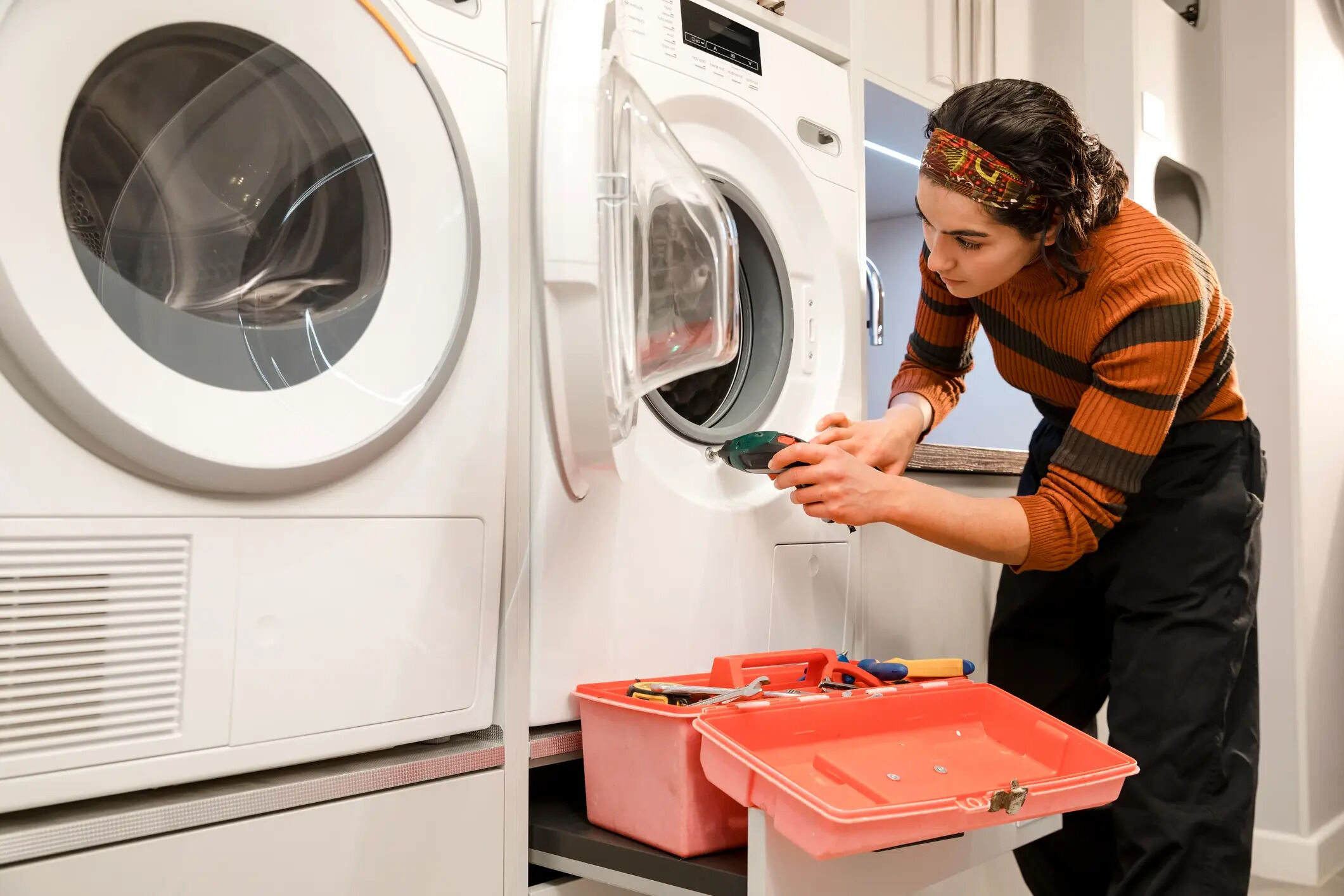
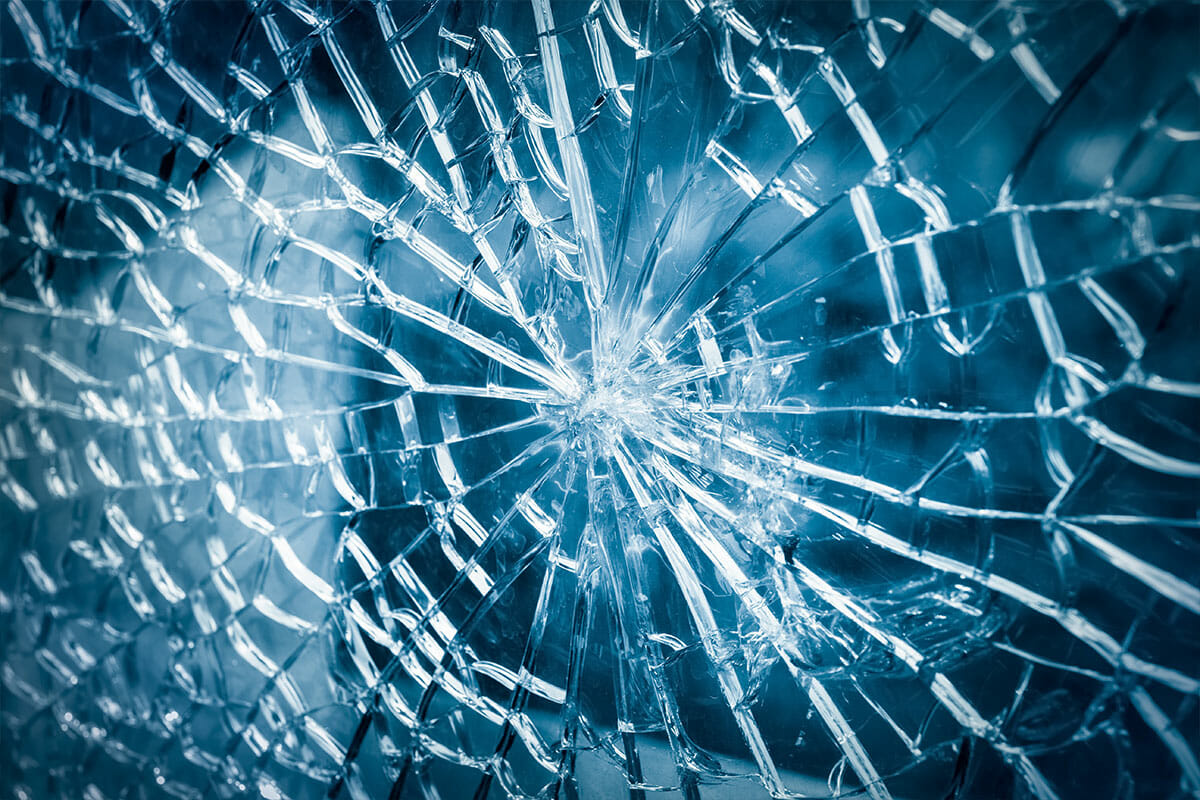

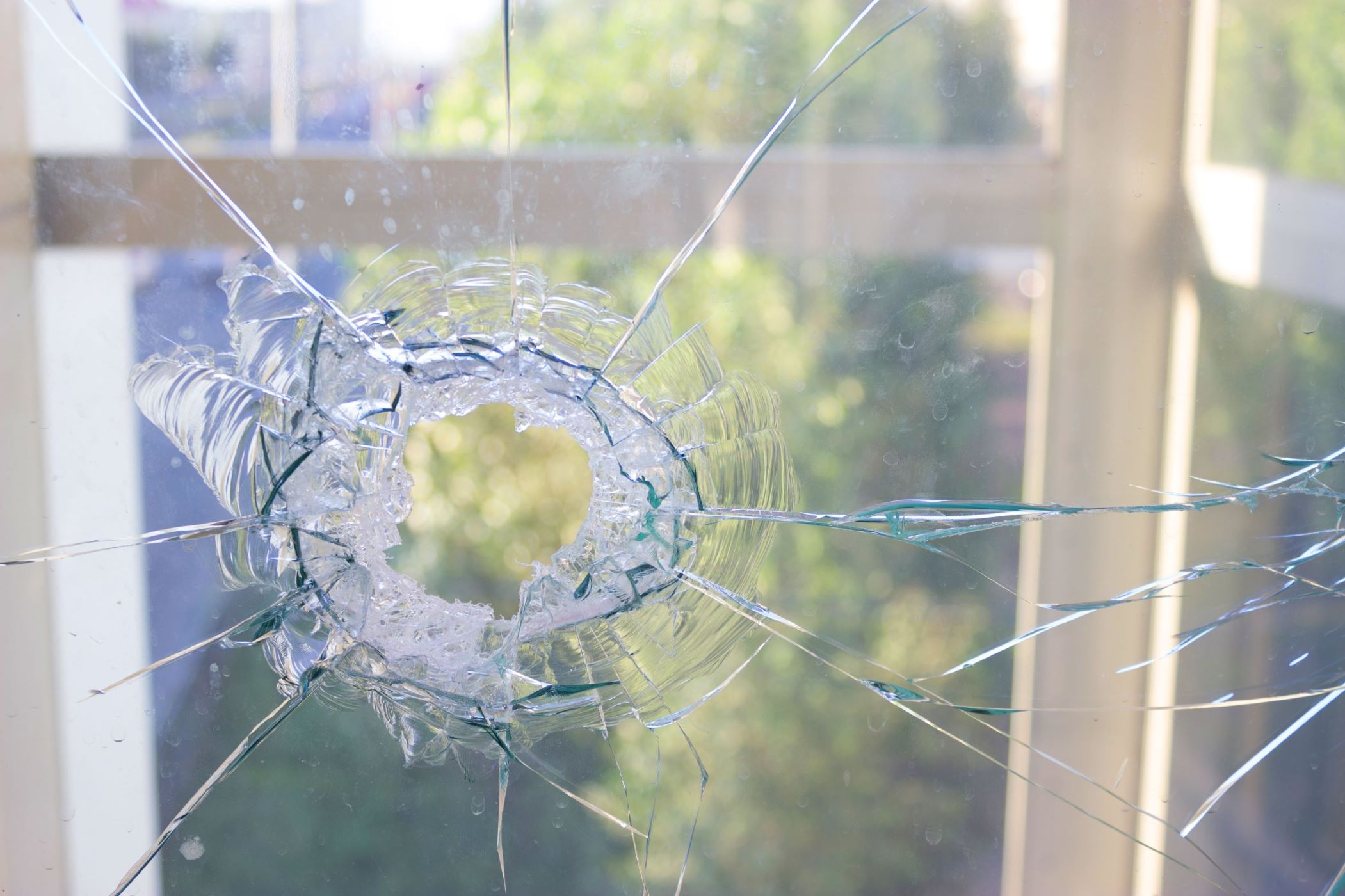
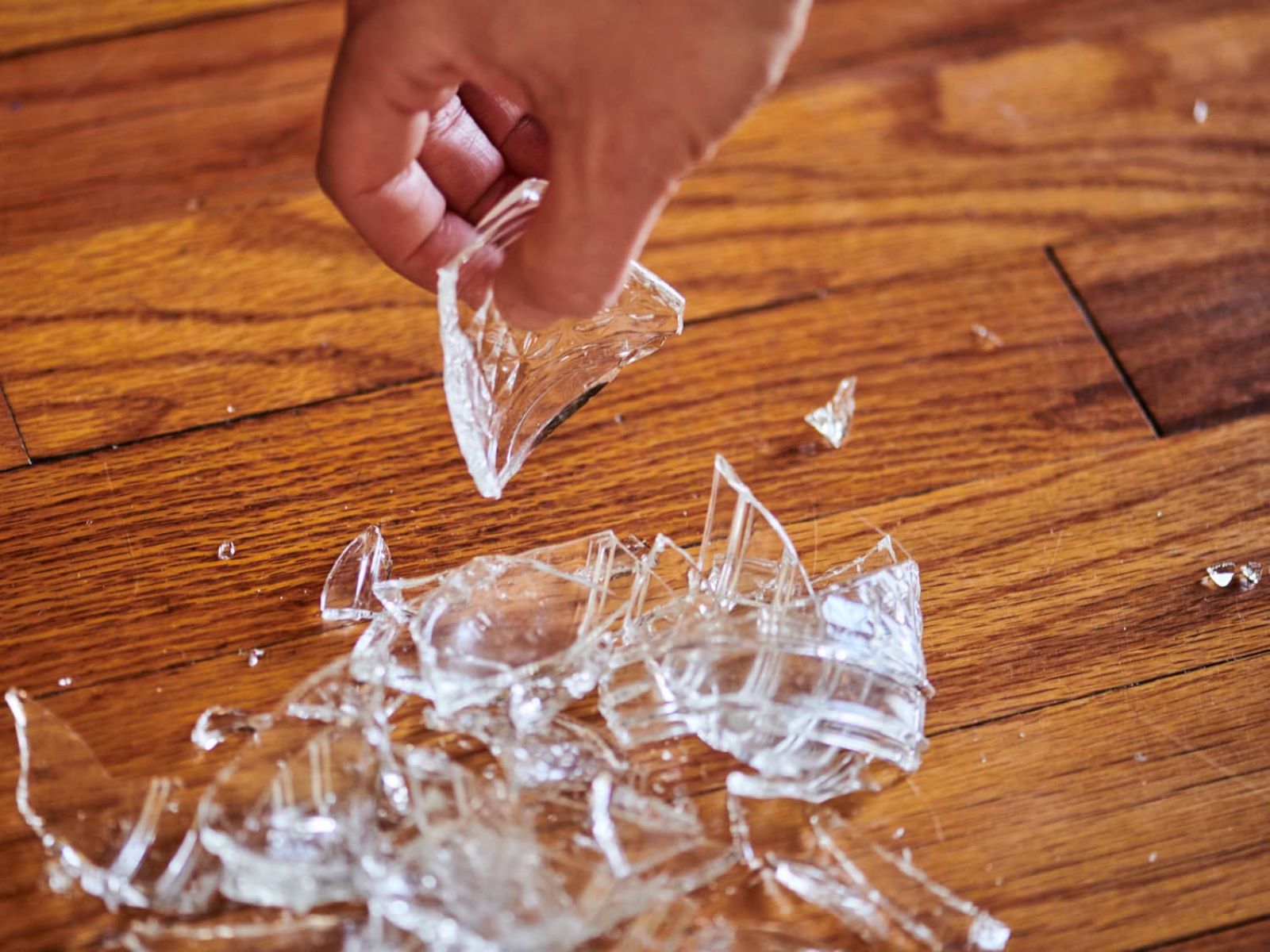
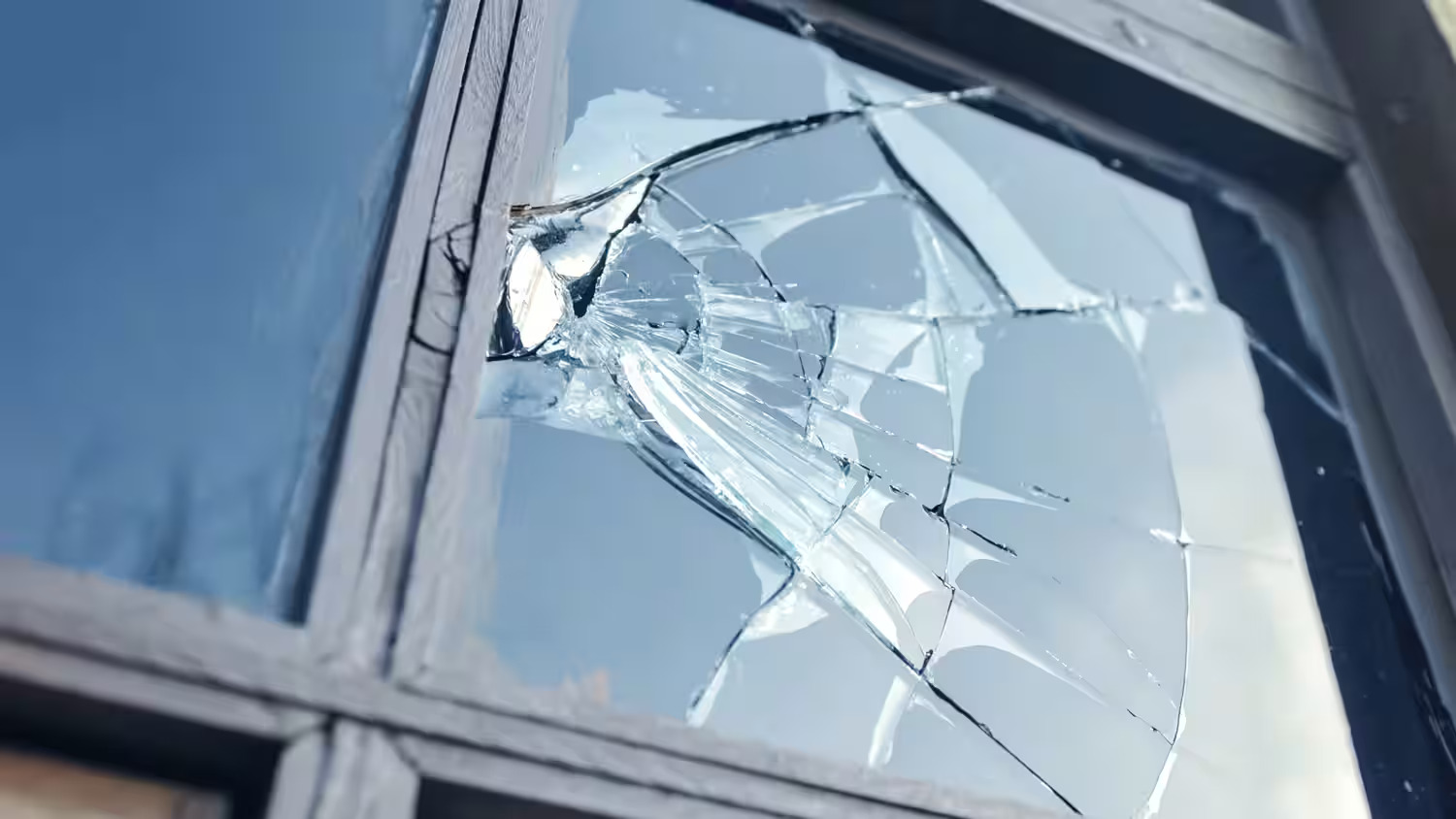
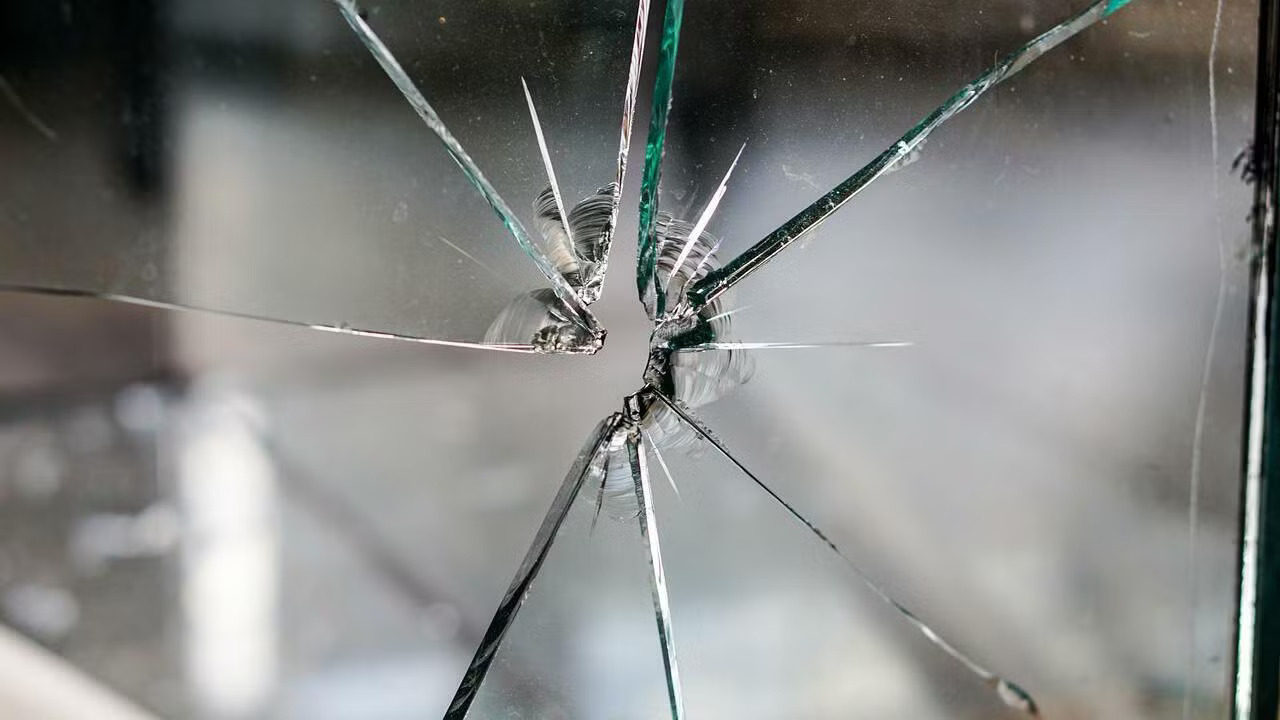
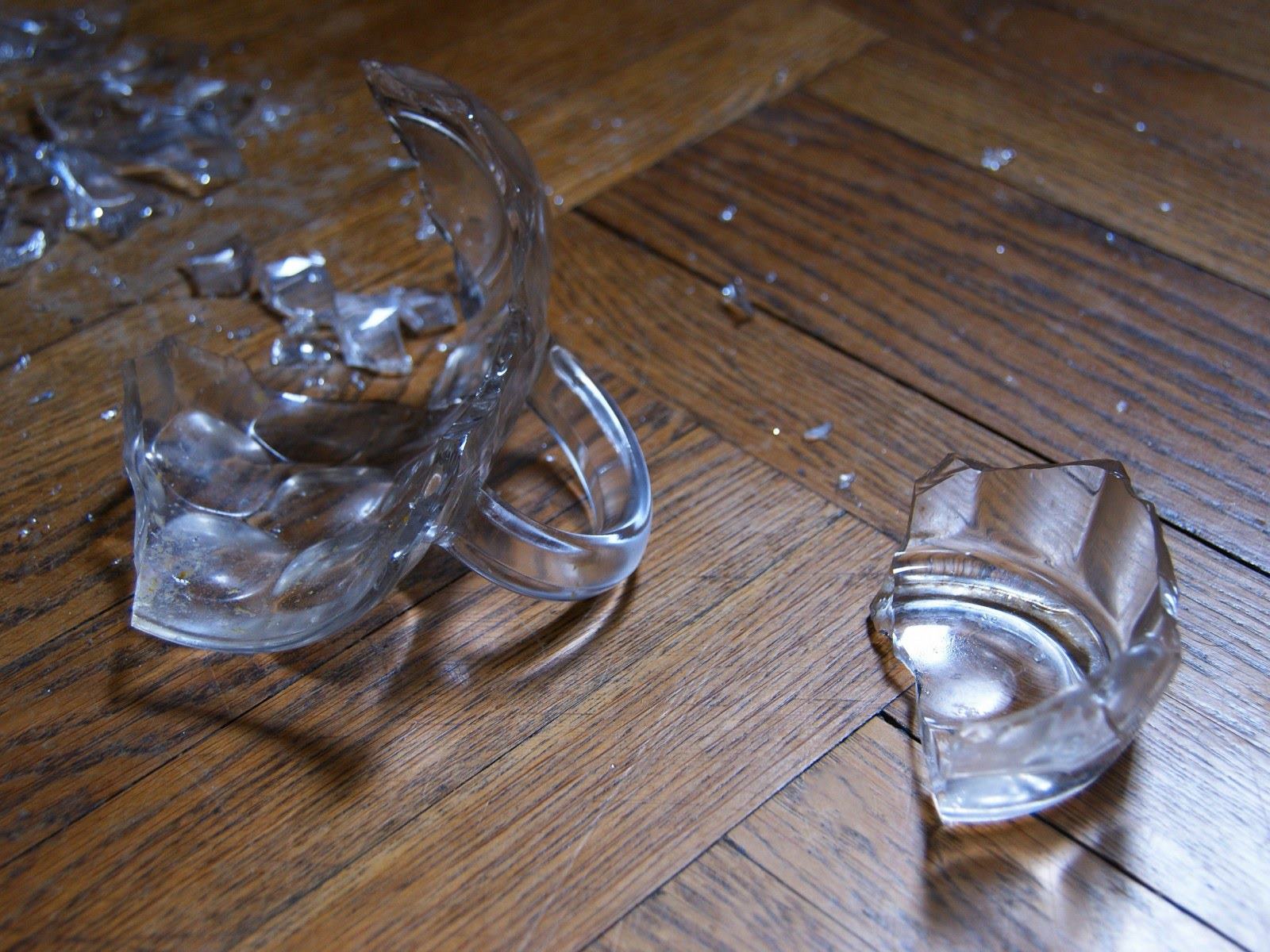
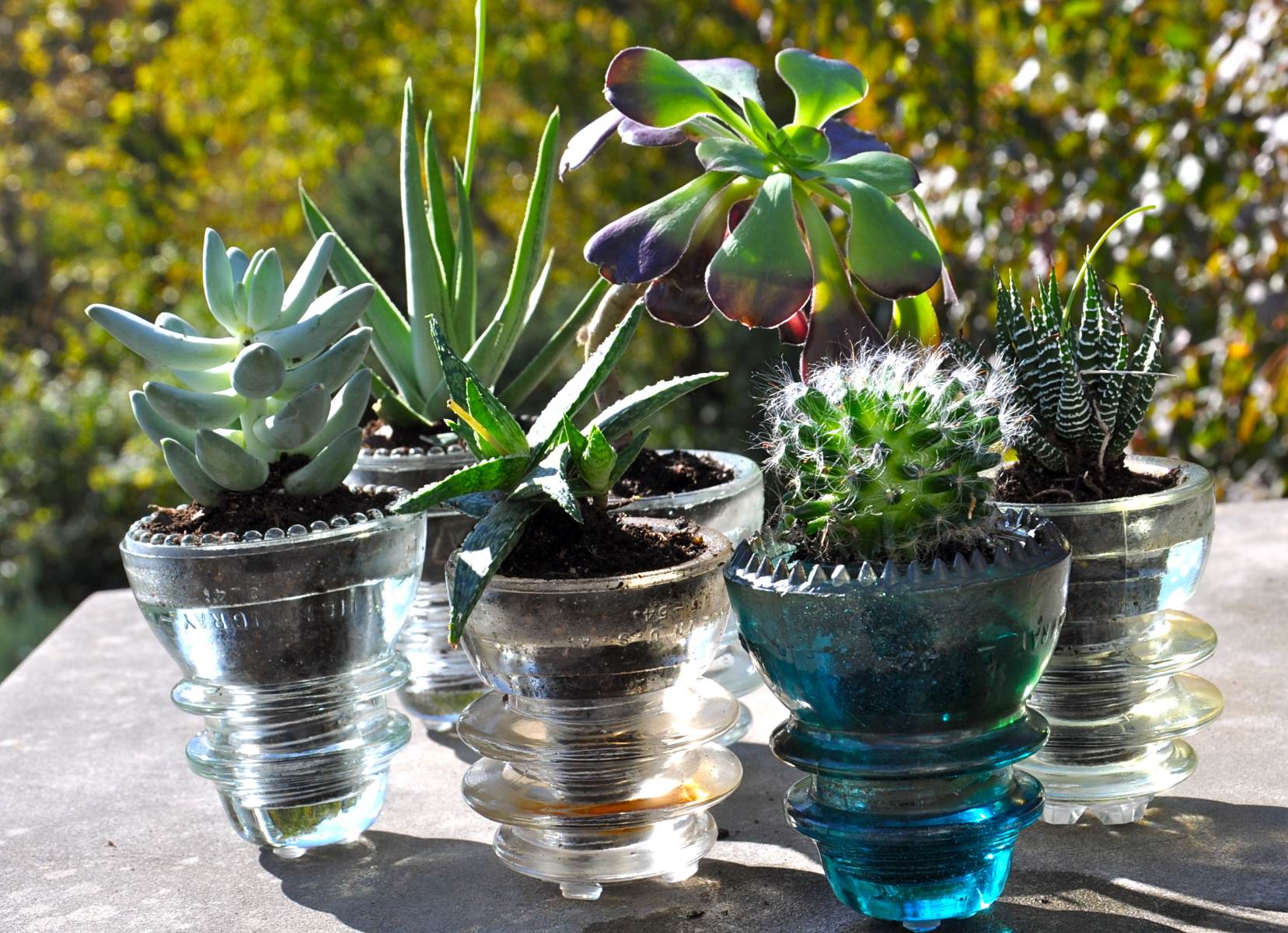






0 thoughts on “What To Do With Broken Glass”